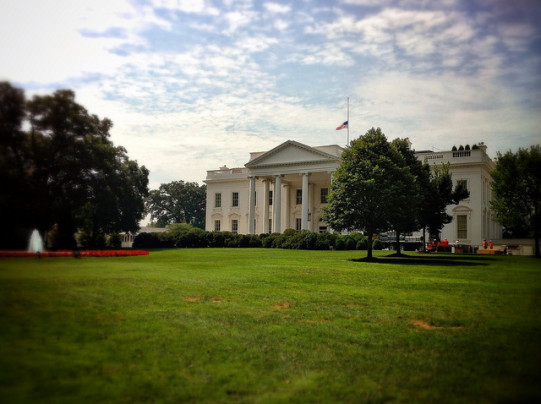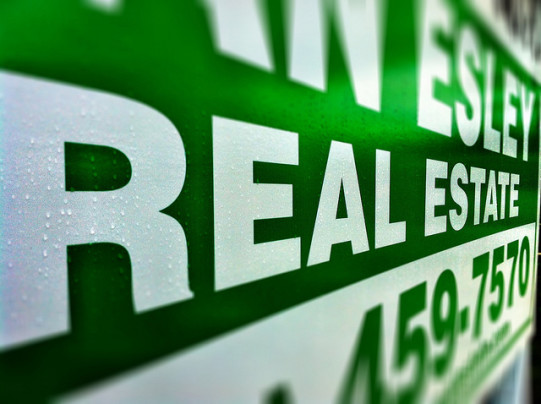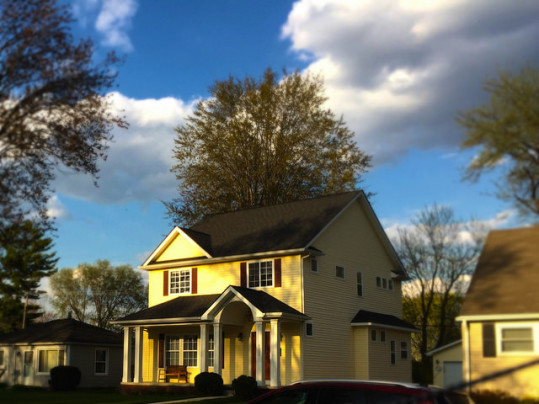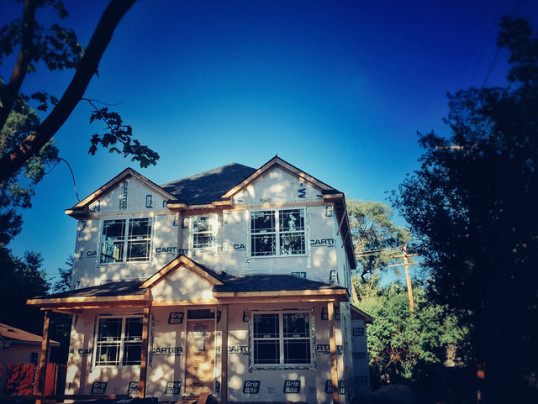Boomerang buyers, as defined by a recent RealtyTrac report, include the millions of former homeowners who lost their homes during the financial crisis. RealtyTrac estimates that there could be as many as 7.3 million of these potential buyers out there and only about 1 million of them have since bought a house. That means, there are 6 million former homeowners who could be returning to the real estate market over the next few years. Combined with evidence that younger buyers are beginning to buy homes after a period when first-time buyers were underrepresented, these return buyers could further strengthen an already improved real estate outlook. But when will they return? Well, to some extent, boomerang buyers have been held back for the past several years because of damage to their credit suffered during the housing crash. However, these buyers should soon feel some relief. That’s because foreclosures only stay on credit reports for seven years. Which means, buyers who suffered a financial misfortune during the crisis should soon be able to further re-establish their credit, which could lead them back down the path of homeownership. Though purely speculative, the theory joins a growing number of forecasts calling for an increasingly healthy and balanced housing market in the months ahead. More here.
Archive for July 2015
Homes Get Bigger As Average Household Shrinks
Recent research shows the average American home is getting bigger at the same time the size of the typical household is shrinking. In short, that means Americans today have more square feet of living space, per person, than ever before. According to an analysis of the Census Bureau’s Characteristics of New Housing done by the American Enterprise Institute, the average amount of living space per person has doubled since 1973. In fact, the average American home has increased from 1,660 square feet to 2,690 square feet over the past 40 years. At the same time, the average household has fallen from 3.01 persons in 1973 to an all-time low of 2.54 persons in 2014. That means, the average American home now offers just over 1,000 square feet of living space per person. By comparison, Americans in 1973 enjoyed far less space, with only 551 square feet of living space per person. A separate analysis from selfstorage.com shows it’s not just the size of homes that has been changing. Since 1994, newly built homes have more bathrooms and bedrooms, fewer fireplaces, and more air conditioning as well. In fact, over the past 20 years, the percentage of new homes with air conditioning has risen from 79 percent to 91 percent. More here.
Construction Boom Bodes Well For Housing
New estimates from the U.S. Census Bureau and the Department of Housing and Urban Development show new residential construction rose 9.8 percent in June and is now 26.6 percent above last year’s level. The improvement, though largely due to a spike in multi-family housing, is good news for the overall market and a reflection of how much demand has increased due to gains in the job market. Better employment conditions have caused an increasing number of Americans to begin looking for a home of their own and particularly among first-time home buyers. This, along with the rebounding confidence of home builders, signals continued improvement for the housing market over the months ahead. In fact, building permits – which are a good indicator of future home construction – rose 7.4 percent over May’s rate and are now 30 percent higher than they were last year. This is an indication that new home construction will continue to see gains through the second half of the year. June’s results surpassed economists’ expectations and added to the recent evidence that local housing markets across the country are continuing to strengthen. More here.
Builder Confidence Hits Highest Level Since 2005
Because of their unique perspective on the market for newly built homes, builders are a good gauge of the strength or weakness of the housing market. That’s why, for the past 30 years, the National Association of Home Builders has been conducting a monthly survey asking builders for their opinion on current home buyer traffic, sales conditions, and the outlook for the next six months. The survey is scored on a scale where any number above 50 indicates that more builders view conditions as good than poor. In July, the NAHB’s Housing Market Index hit its highest level since November 2005, reaching 60 for the first time in nearly 10 years. “The fact that builder confidence has returned to levels not seen since 2005 shows that housing continues to improve at a steady pace,” said NAHB chairman, Tom Woods. “As we head into the second half of 2015, we should expect a continued recovery of the housing market.” Regionally, three-month moving averages show the West and Northeast up three points each, while the South and Midwest both posted a one point gain. Builder confidence in the South leads all other regions, coming in at 61, according to the most recent results. More here.
Mortgage Rates On The Move In Latest Survey
According to the Mortgage Bankers Association’s Weekly Applications Survey, mortgage rates were on the move last week. In fact, though most loan types ended up slightly higher than the week before, rates had been falling for most of the week before a last minute surge. By the end of the week, mortgage rates were unchanged from the previous week for 30-year fixed-rate mortgages with conforming loan balances but rose for loans with jumbo balances, those backed by the Federal Housing Administration, and 15-year fixed-rate loans. “Interest rates dropped through the middle of last week, then jumped up on Friday,” Mike Fratantoni, MBA’s chief economist, told CNBC. “However, the drop in the middle of the week did spur a small pickup in refinance activity.” In fact, the Refinance Index increased 4 percent from the week before. The Purchase Index, on the other hand, slipped from the previous week, though it remains 17 percent higher than the same week one year ago. Purchase application demand is considered a forward-looking indicator of existing-home sales, as it is a good indication of how many Americans have begun the home buying process. The MBA’s weekly survey has been conducted since 1990 and covers 75 percent of all retail residential mortgage applications. More here.
The Dramatic Return Of Homeowner Equity
Equity refers to the value of a property minus the amount still owed on the mortgage. In other words, it’s a reflection of how much of your house’s worth is actually yours. As a homeowner, your equity increases each month as you pay your monthly mortgage payment. It also goes up if your home’s value rises. Similarly, when home prices fall, so does a homeowner’s equity. For example, homeowner equity hit it’s peak of $13.1 trillion in 2005, according to the Federal Reserve. House prices were up and buying a home was considered a good way of increasing one’s net worth. However, by 2011, the financial crisis had hit and took home prices down with it. That year, homeowner equity fell to $6.4 trillion. The housing market’s worth had been cut nearly in half and million of homeowners found themselves in a much different situation and, in some cases, owing more on their mortgage than their house was worth. But, despite the dramatic crash, the housing market in the years between then and now has regained much of its previous value. In fact, according to a report from RealtyTrac, homeowner equity has increased $4.9 trillion since 2011, bringing it to a total of $11.3 trillion. That means, over the past three years, homeowners have experienced a dramatic turnaround and, in the process, regained much of their homes’ lost value. That’s great news for current homeowners but also prospective buyers who hope to find a house that will be both their home and a good investment. More here.
Gov’t Report Tracks Real Estate Rebound
The Department of Housing And Urban Development’s Housing Scorecard is a monthly measure of how the real estate market’s rebound is progressing. The report compiles recent housing data and the results of the administration’s foreclosure prevention and mortgage modification programs in an effort to provide a comprehensive look at today’s market. According to the most recent release, home sales and homeowner equity are both on the rise. In fact, sales of new homes are up nearly 20 percent from one year ago and sales of previously owned homes are the strongest they’ve been since 2007, excluding the month the home buyer tax credit expired in 2009. Homeowner equity – which refers to a property’s value minus mortgage debt – was also up, rising nearly 4 percent in the first quarter of 2015. In addition, the report found that home prices are continuing to stabilize and details how the administration’s recovery programs have resulted in 9.6 million mortgage modifications or other forms of assistance to homeowners since April 2009. Overall, the data paints an encouraging picture of the current housing market, though it also cautions that there is still work to be done to boost home sales, help underwater homeowners, and reduce mortgage delinquency rates. More here.






